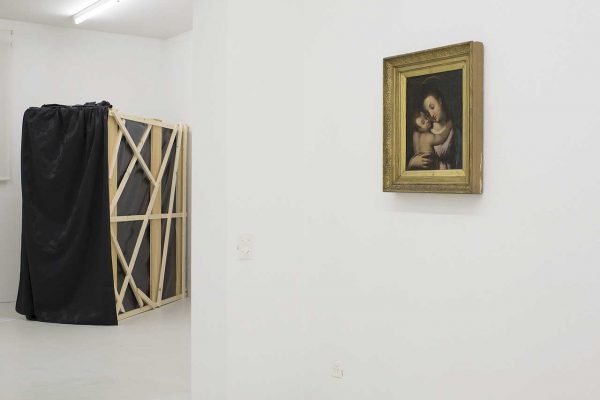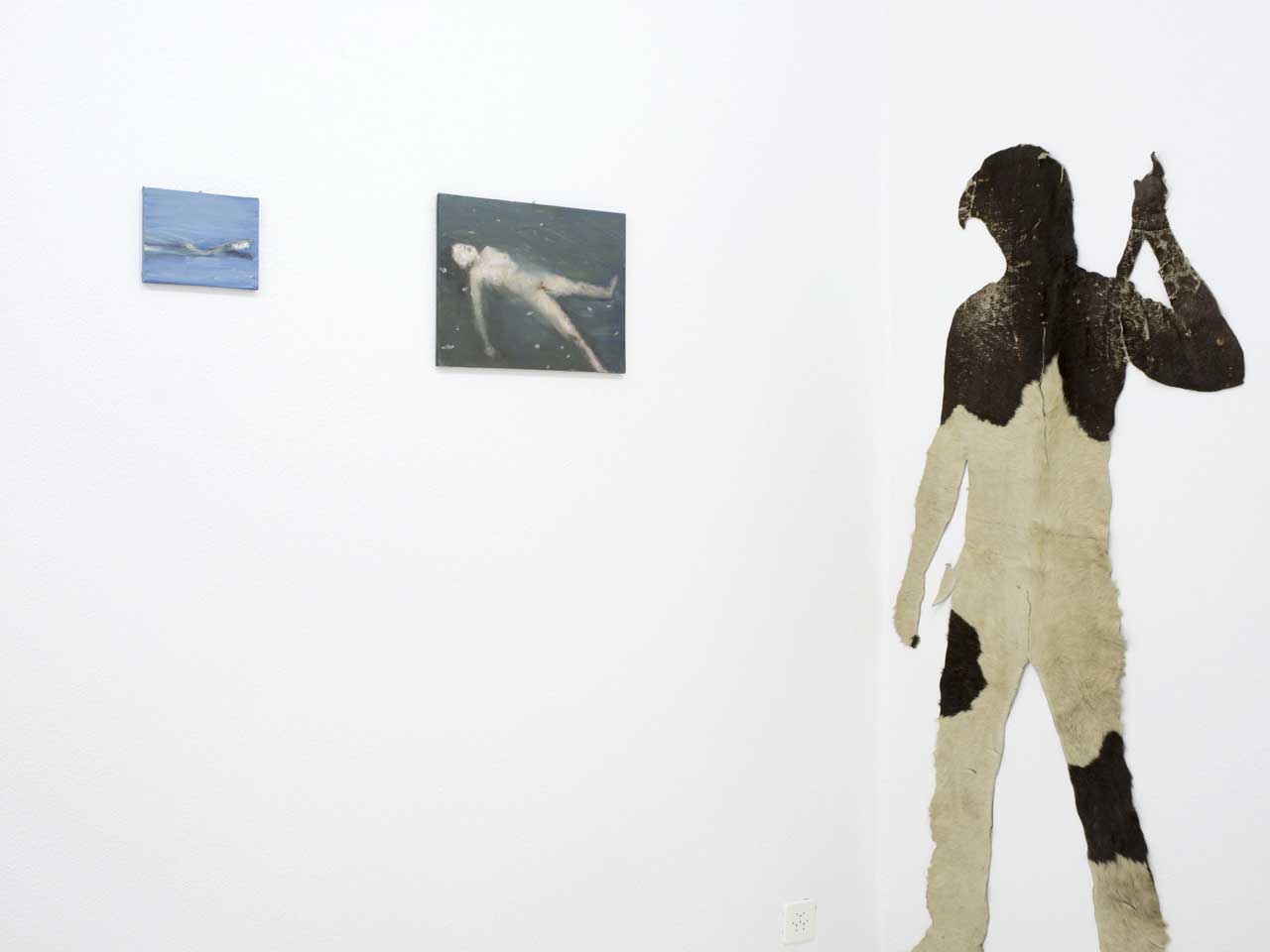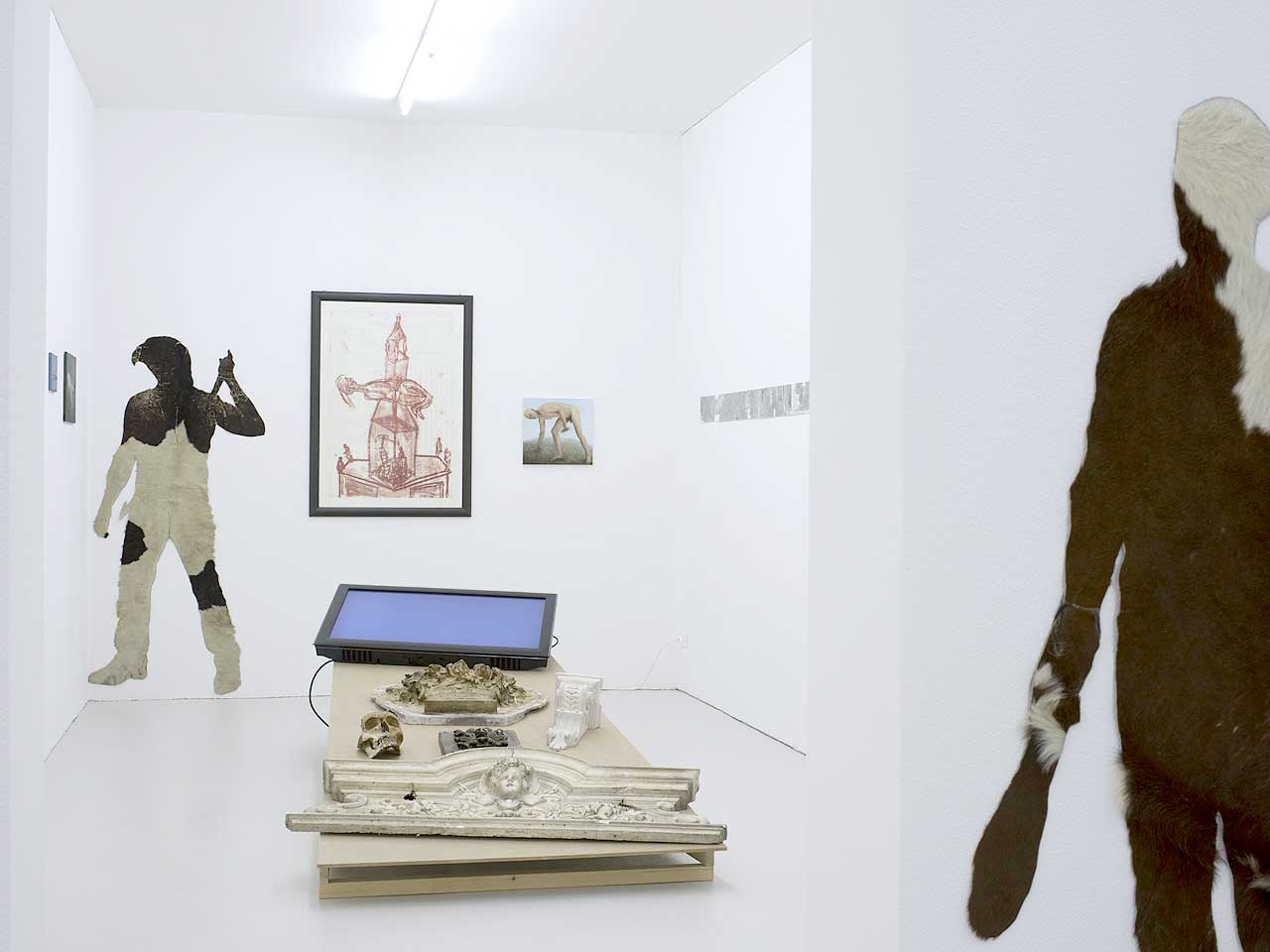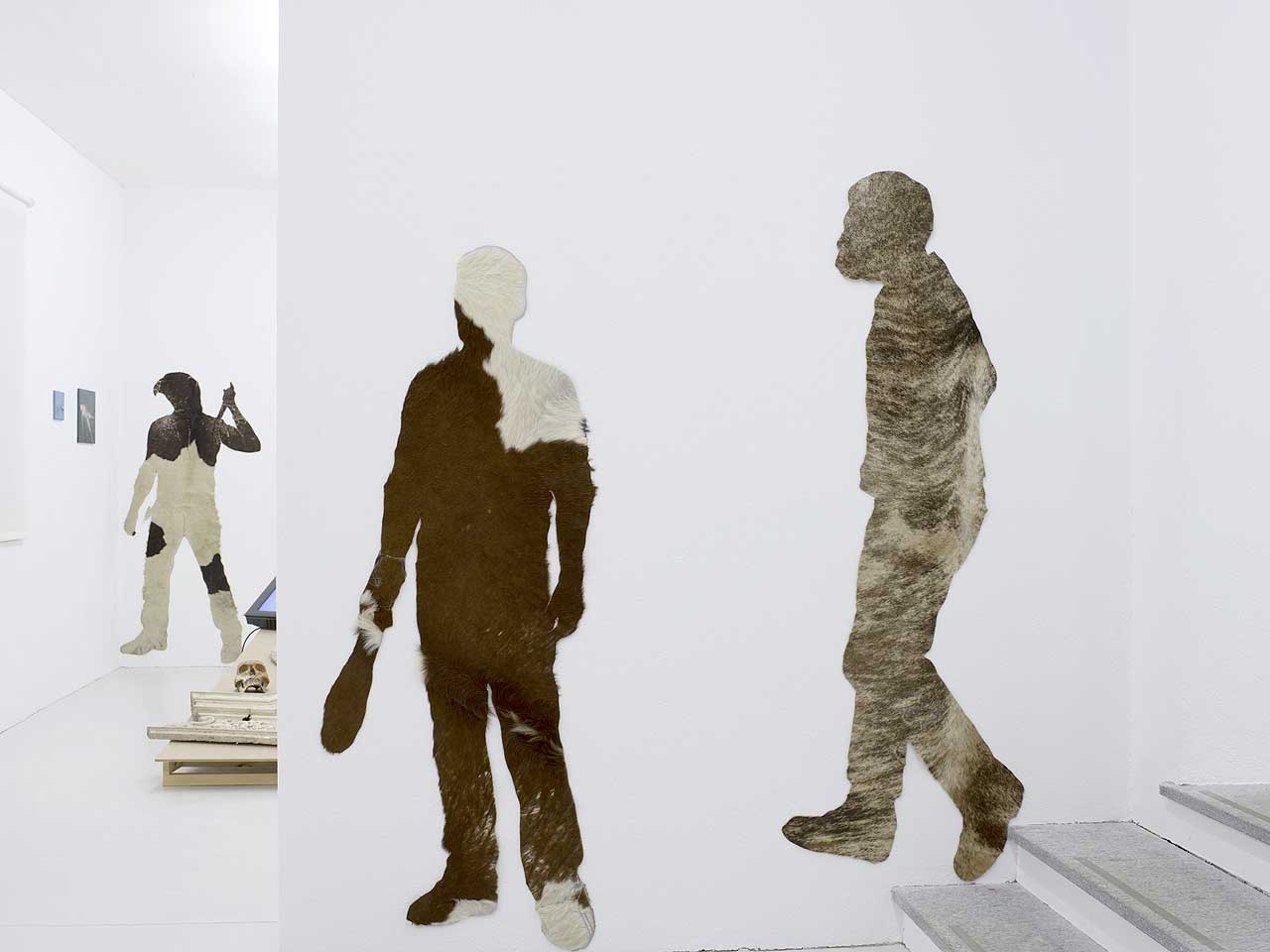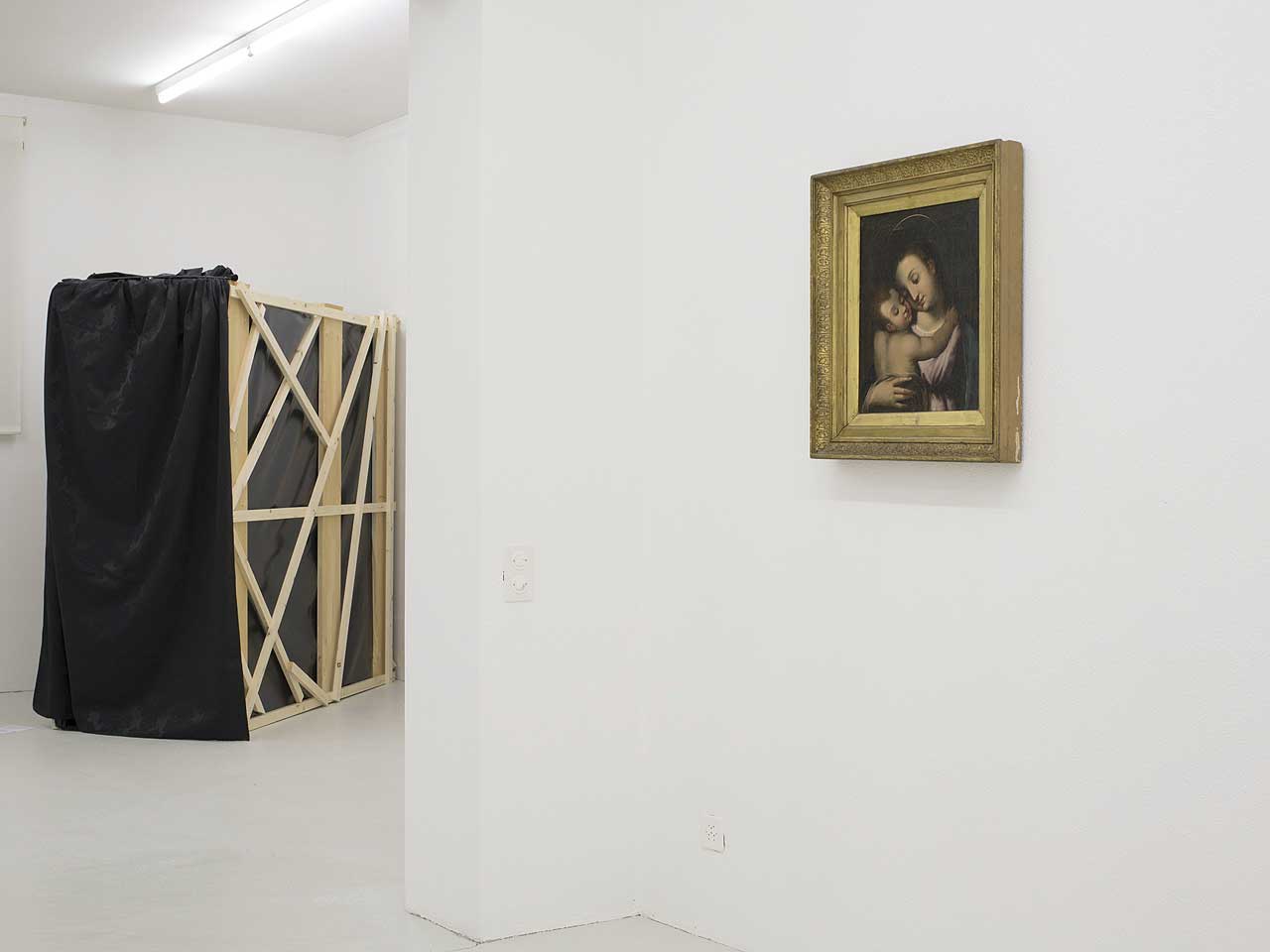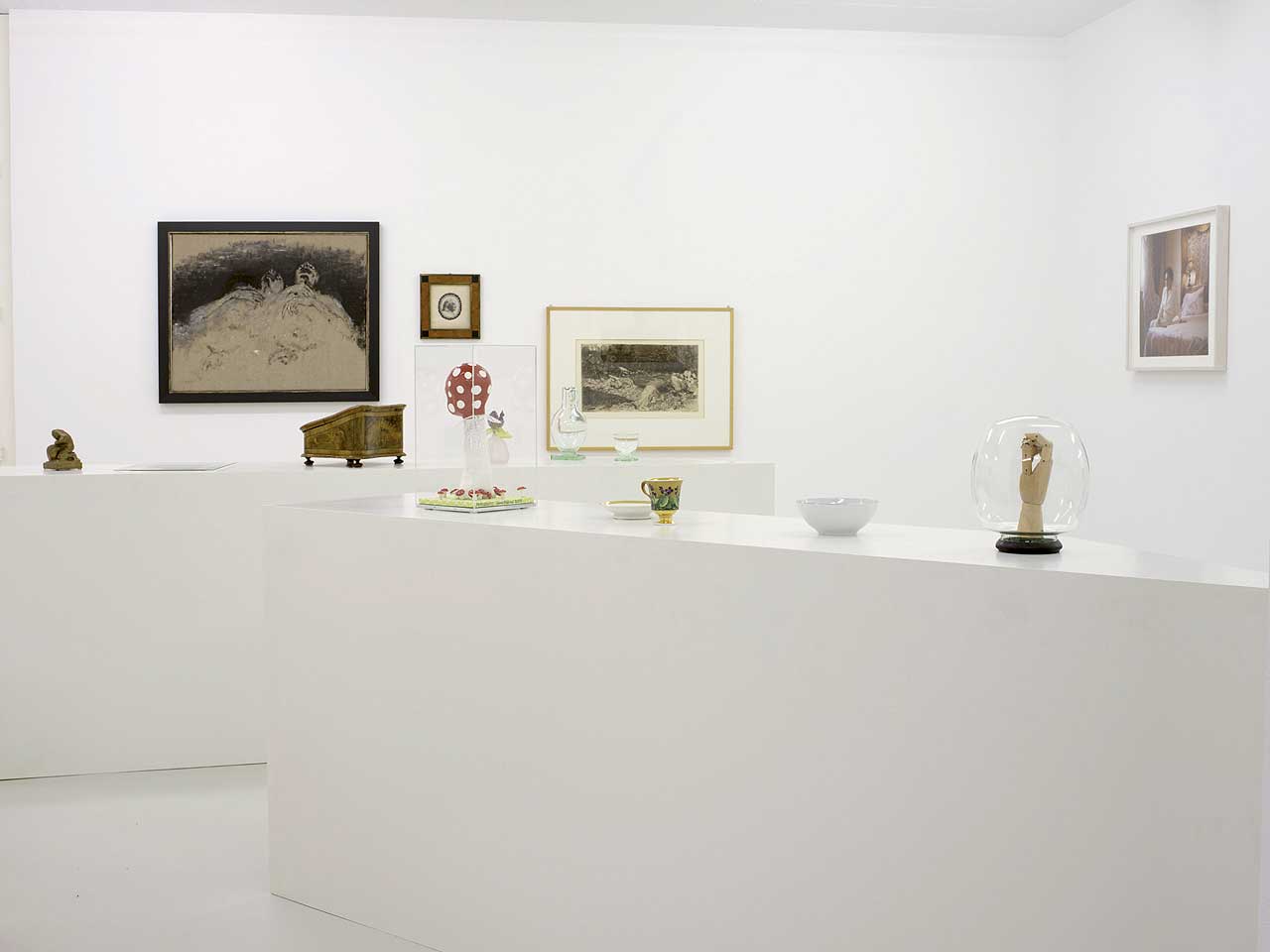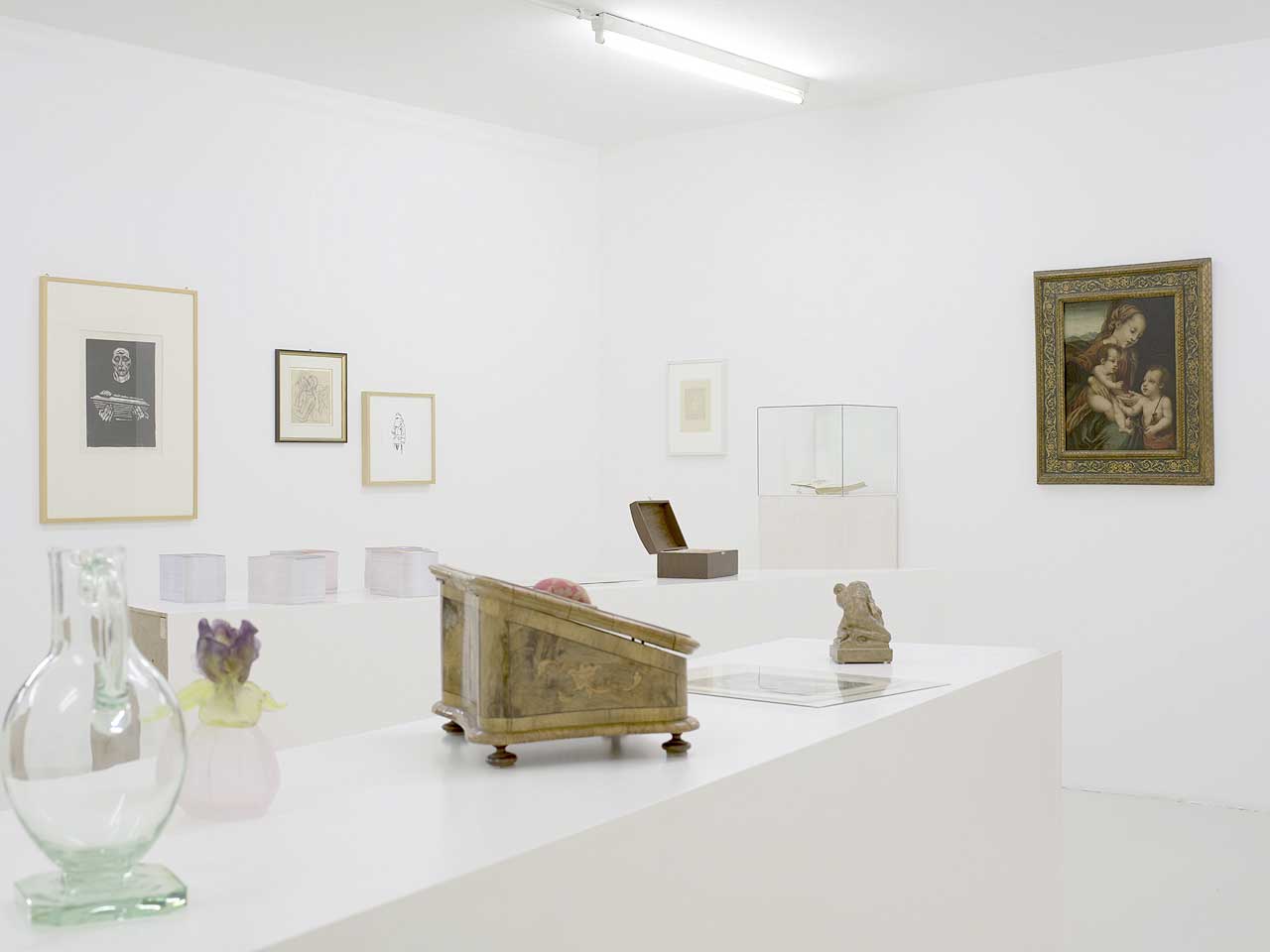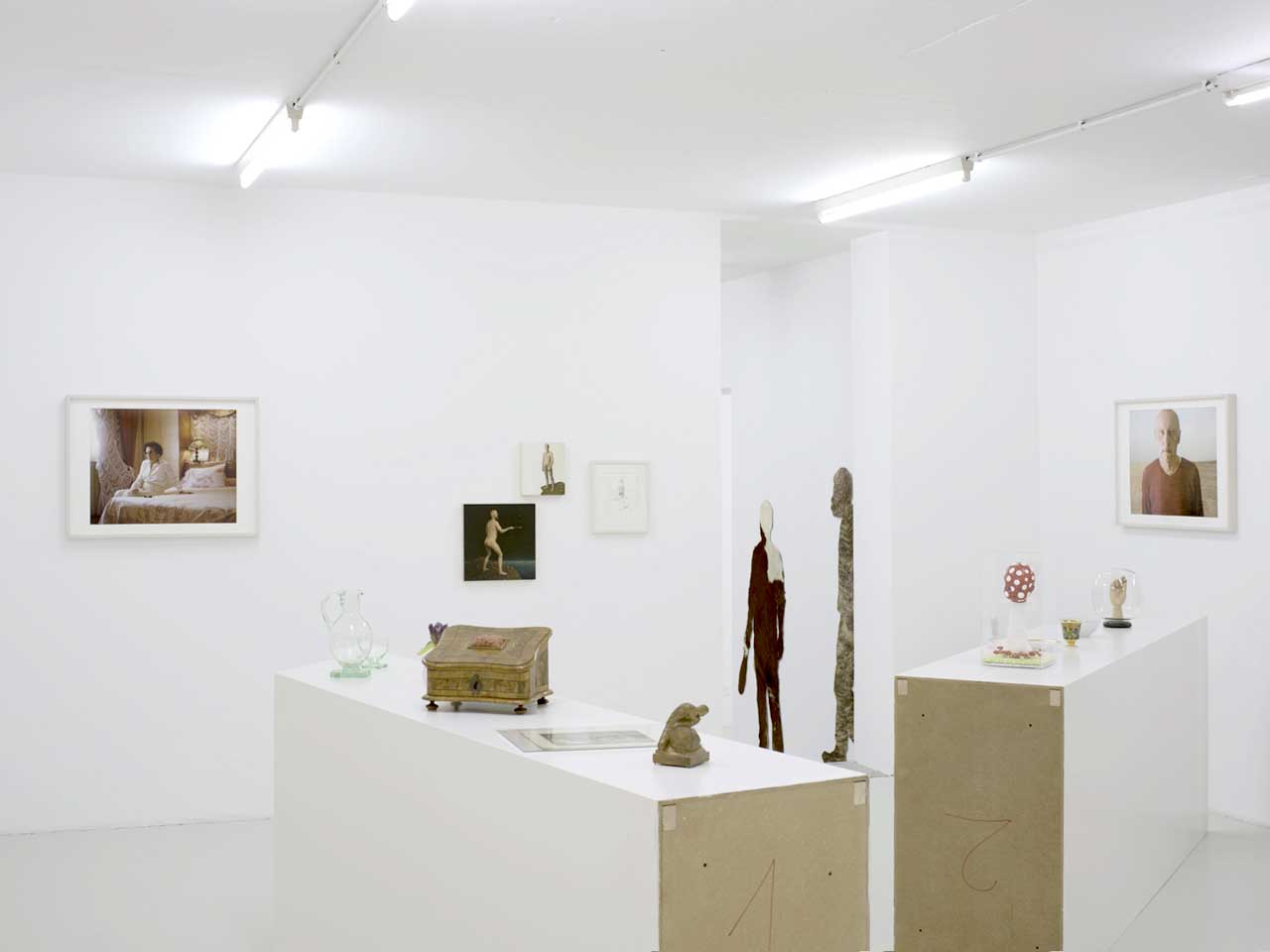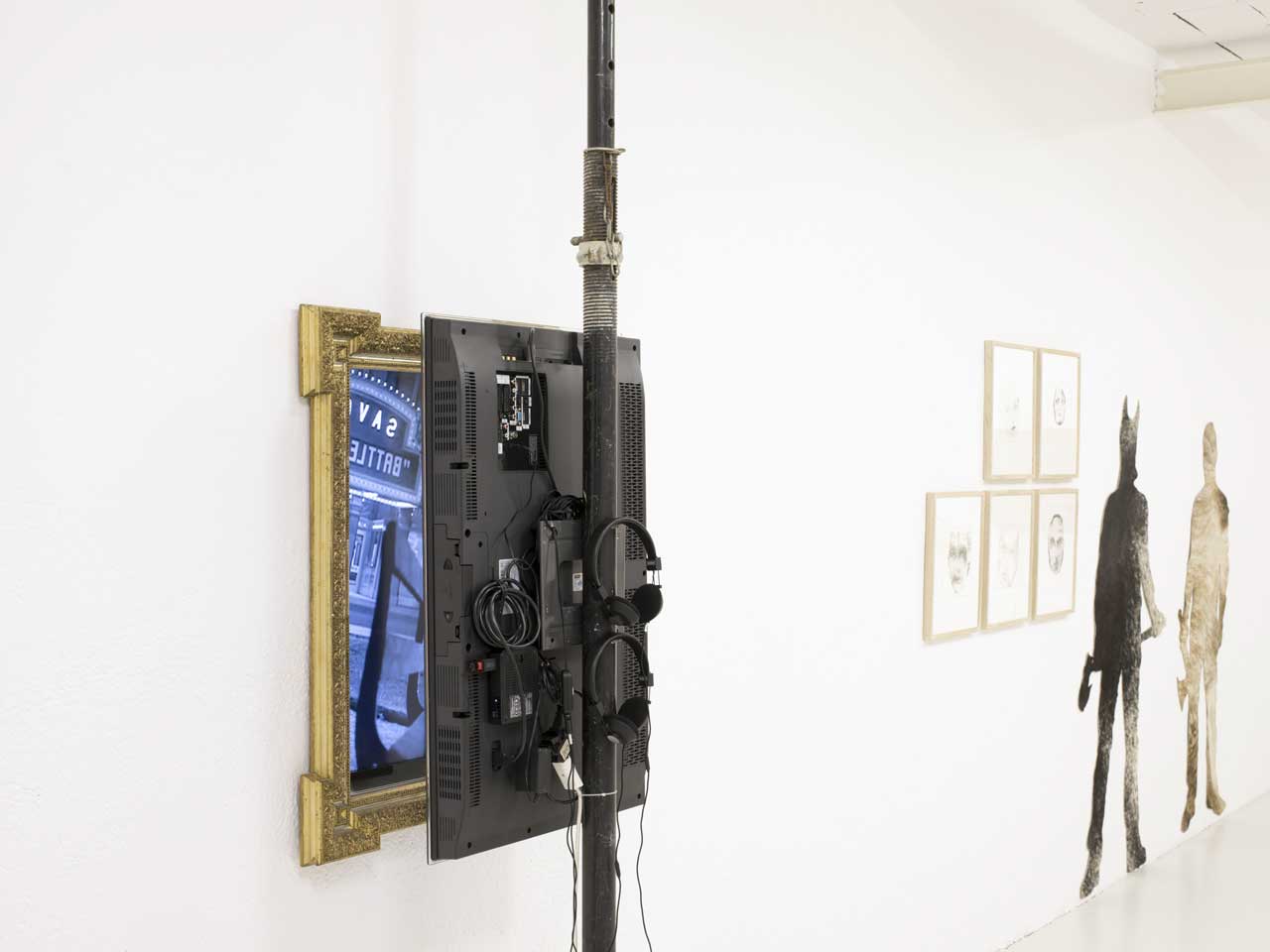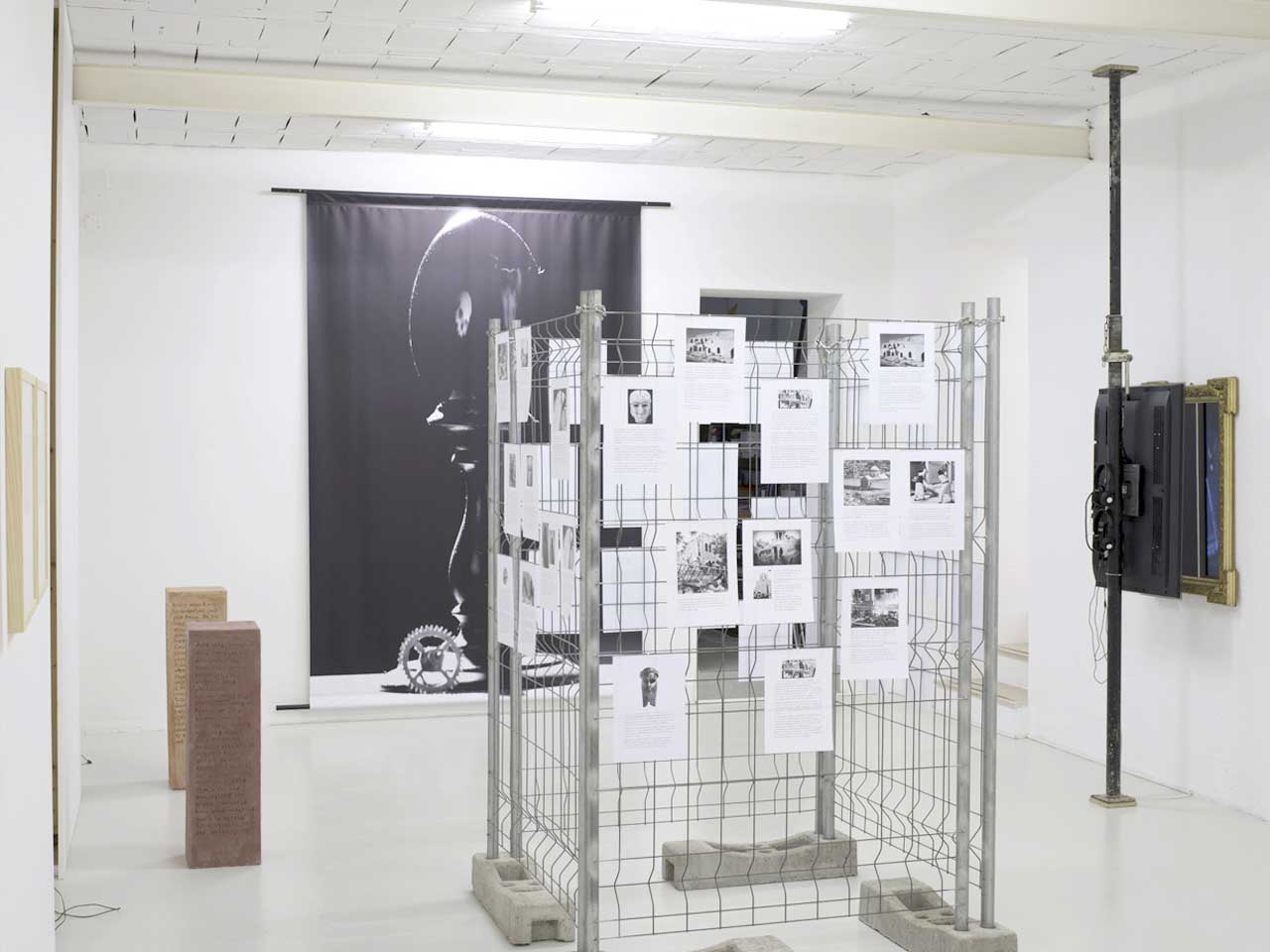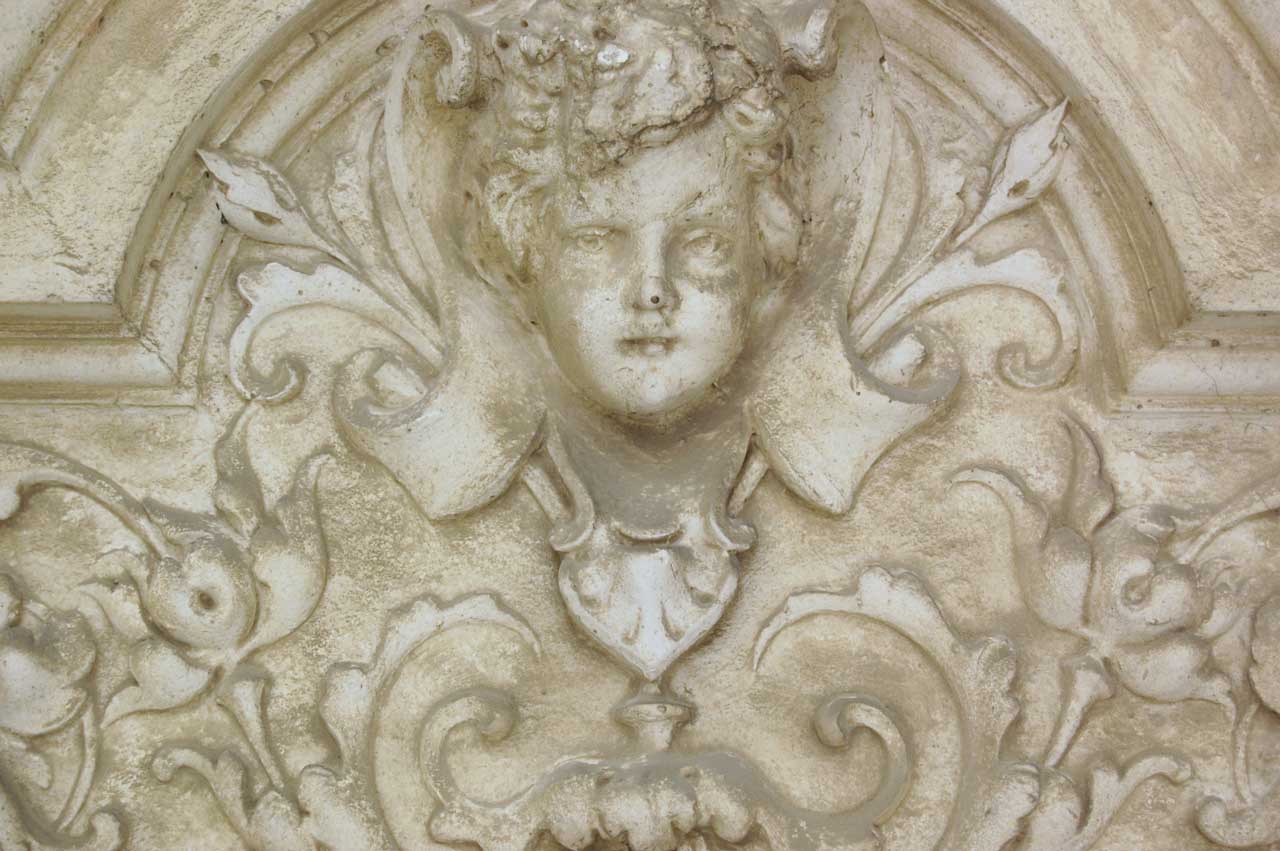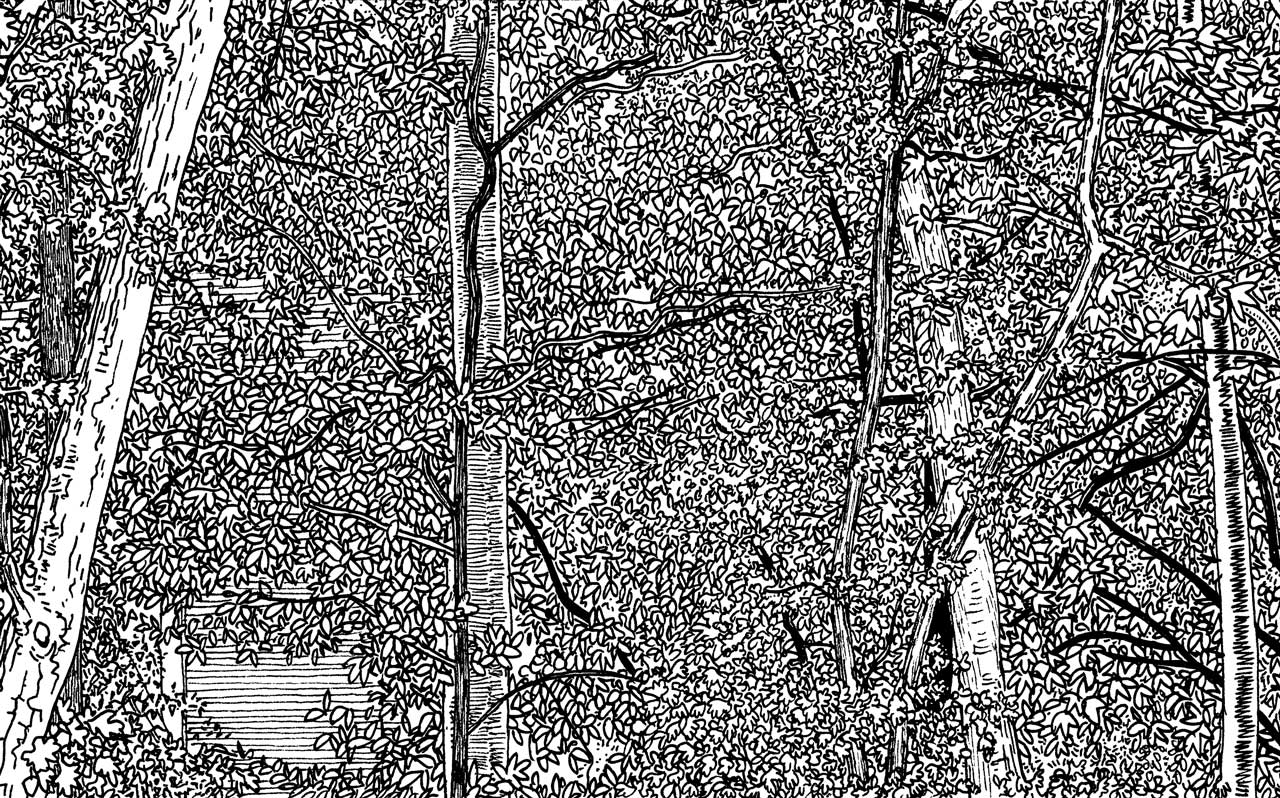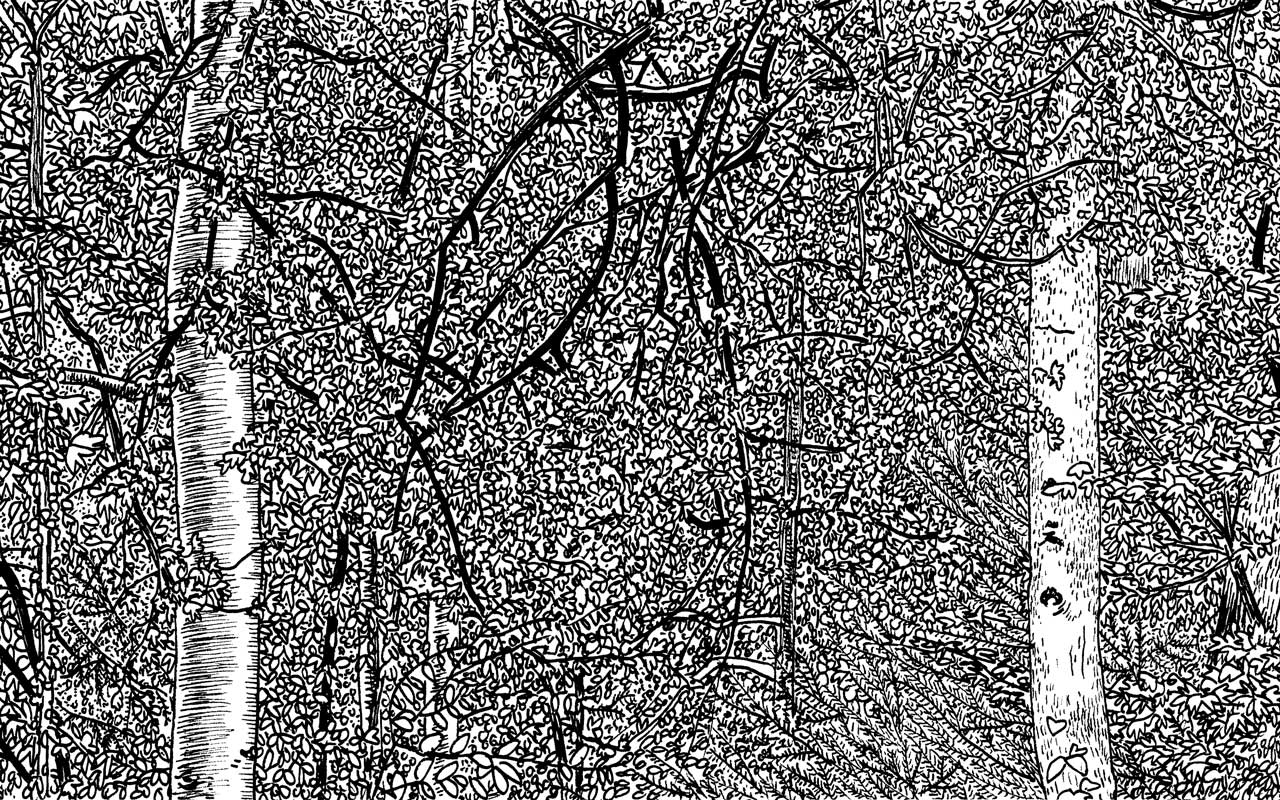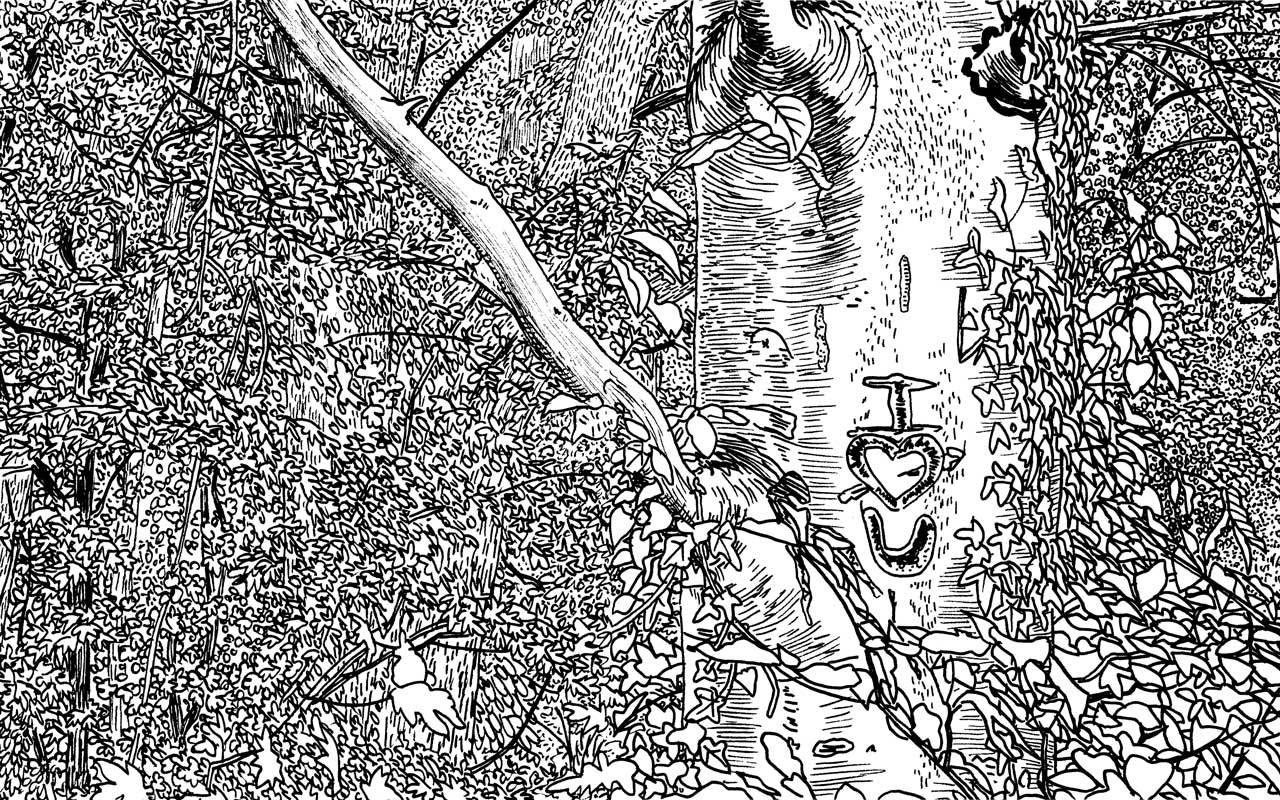Come Closer: experimenting with a Wunderkammer of Vanities.
Dante Alighieri / Anonymous 1400-1900 / Katia Bassanini / Fiorenza Bassetti / Hicham Benohoud / Samuel Blaser / Jean Corty / Tamir David / Pier Giorgio De Pinto / Martin Disler / Ignaz Epper / Ivana Falconi / Uri Gershuni / Ingo Giezendanner / Francesca Guffanti / Edmond Habetian / Alex Hanimann / Juha Arvid Helminen / Lior Herchkovitz / Käthe Kollwitz / Andrea La Rocca / Ivan Lupi / Erik Mittasch / Alina Mnatsakanian / Zoran Mušič / Meret Oppenheim / Gianluca Panareo / Simone Pellegrini / Apollonio Pessina / Marko Popadić / Yuval Shaul / Valter Luca Signorile / Josette Taramarcaz / Babis Venetopoulos / Mark Yashaev
29 October 2016 - 12 February 2017
COME CLOSER: EXPERIMENTING WITH A WUNDERKAMMER OF VANITIES is the last exhibition of the year, paving the way for the MACT/CACT to move forward into 2017. And it does so by tackling a burning issue; one that is important, cumbersome and always contemporary, reminding us that nothing is objectively as given, yet subjectively as fragile, as the world of vanities and the cosmos of vain things. Starting from man himself. This is an exhibition whose thematic approach and the analytical aspects of the image or representation in a setting that is not exclusively artistic forge the anticipatory link, in a sort of domino effect, with next exhibition to follow, which is due to be hosted in Villa dei Cedri and at the MACT/CACT in 2017, focusing on the issue of the relationship between art and insanity. This exhibition derives originally from an idea conceived by Edmond Habetian and Alina Mnatsakanian, and is curated by Mario Casanova. The project was fleshed out in 2015 at the Yerevan Museum of Art, also including artists with Armenian roots. The project then moved to the Manoir de la Ville de Martigny, before eventually arriving at the MACT/CACT one year later, completely reinterpreted and thematically reorganised.
In a post-revolutionary democratic society, where our duties ought to be as relevant as the rights to which we lay claim, it is inconceivable to continue discussing socio-cultural minorities or majorities without a full realisation that it is time to replace the society of Utopias, which has now reached the end of its modern relevance, with a policy of farsightedness.
To talk about Armenia is like talking again about how Turkey weighs down heavily on the Armenian or the Kurdish people, about the rise of anti-Semitism in Europe, about the precarious condition of women or gays in Arab countries (and others), or about other forms of minorities who run the daily risk of the abuse of power.
But what is a minority, if it is not a pretext for obliging an isolated extra-ordinary voice to bend to the will of the political consensus?
Vain is the man who insists on wanting to bend that which might break, who is all summed up in the little world of vain things, imprisoned in his foolish illusion that he can change the world, in the fallacy that he can make it better.
The history of the twentieth century, or the short century, where for better or worse we find anticipations of today’s legitimate doubts about the democratic model, provides ample demonstration. It was a century of great Utopias, as well as a century of social disasters, since it was the century when man lost his central role as a person, becoming a political tool and a pawn of the system and of the system’s inner workings: it is here that we find the fundamental principle of the control of diversity that has permeated the bourgeois democratic regime in general.
COME CLOSER is a platform, not an exhibition in the conventional sense of the term: it is a Wunderkammer, a Cabinet of Curiosities, where there is room for art and objects, books and photographs. The aim is to reconstruct a symbiosis of the curator’s inner world, rather than to offer the public an ‘exhibition’ in the conceptual sense of the term. A Wunderkammer is an installation that sets out to use a defined space to regroup a series of artefacts that refer to a story as it is conceived by the curator. To a certain extent, it constitutes the primeval phase of the modern museum, which was set on the road towards its official establishment by the publication of such collections or objects of pure art or of applied art compiled by private individuals. The symbolic introduction to this exhibition is ideally the Paradise from the Divine Comedy written by Dante Alighieri between 1304 and 1321, on show here in an edition dating from 1765. It is actually doubly symbolic, because Dante was a past master at using the written word to illustrate a cross-section through life in his day; a sort of metaphor, in actual fact, of the time scales of human existence.
Our society is gradually (and not without pain) moving away from what we might call the revolutionary society, whose heritage is ultimately a charter made up of a babel of claims that we are no longer capable of matching with a plausible, comprehensible response.
The relationship between rights and the perception of duties has gone out of phase, to some extent setting the seal on the end of the society of Utopias. COME CLOSER sets out to make a timid, sottovoce approach, through an external, distanced view, to elements of a collective historical awareness, without the curator’s approach assuming any responsibility for providing potential answers.
The set-up and presentation distance themselves from the concept of contemporaneity, in the aesthetic sense of the term. The aim of the exhibition is not, in fact, to be ‘up-to-date’ or ‘in vogue’, but universal in its total approach to how to represent an historical and historiographic conception, if there is any such thing within this exhibition. All means of production are featured: drawing, painting, video, performance, photography, applied art and other more literary forms.
Mario Casanova, 2016 (Translation Pete Kercher)
Ph. Lior Herchkovitz, Tel Aviv and MACT/CACT.
Where
MACT/CACT
Museo e Centro d’Arte Contemporanea Ticino
Via Tamaro 3, Bellinzona.
Opening hours
Friday, Saturday, Sunday
2 p.m. – 6 p.m.

